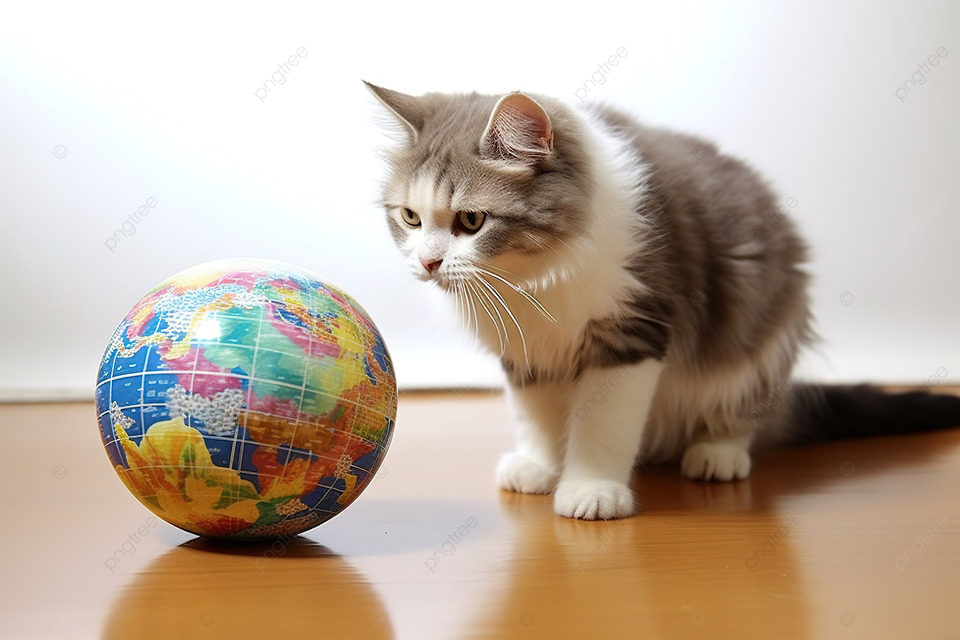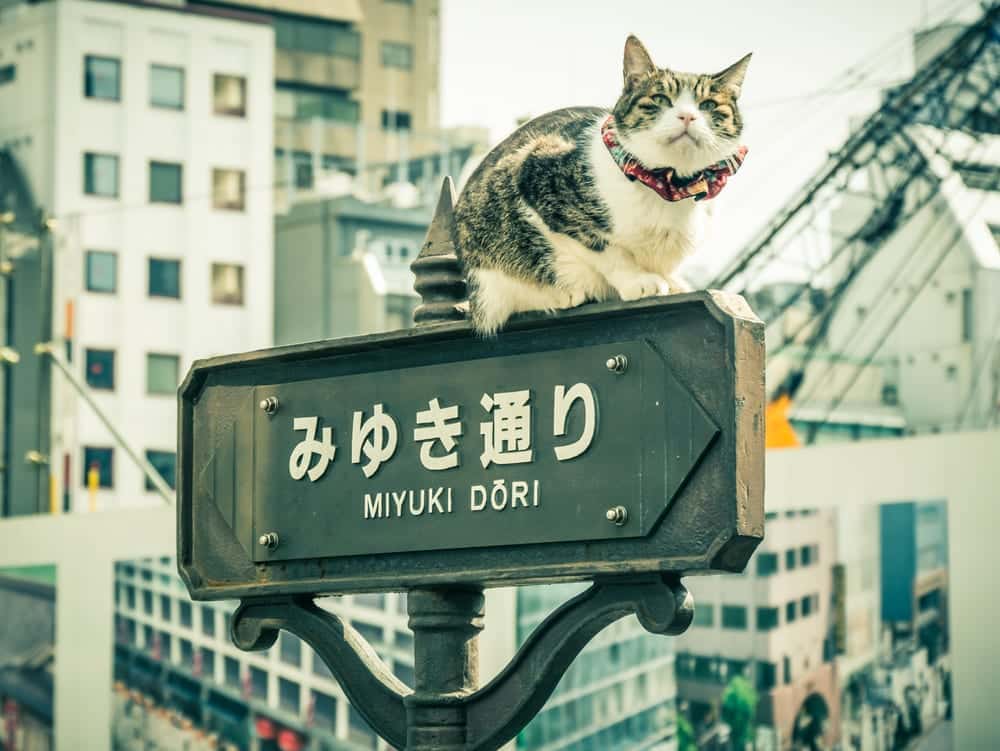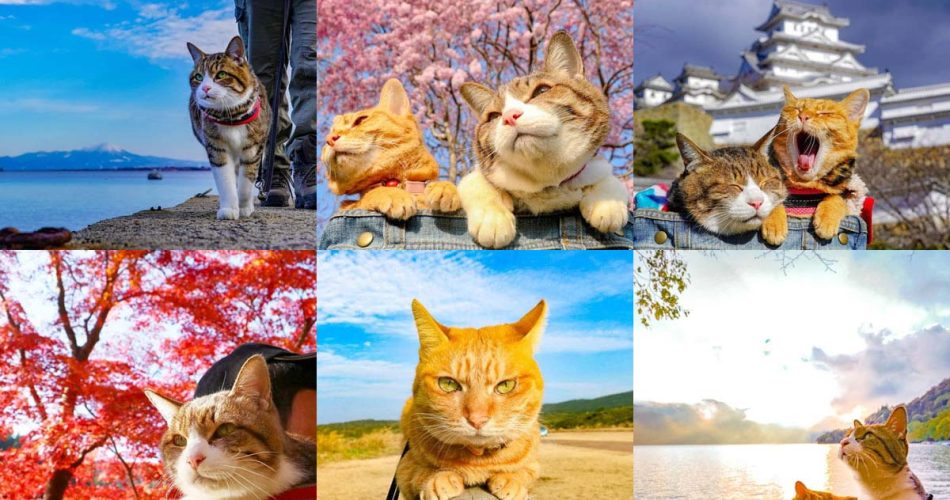From ancient civilizations to contemporary beliefs, cats have been shrouded in mystery, regarded as enigmatic beings capable of bridging the gap between the human and supernatural realms. Throughout various cultures and across different historical periods, cats have been seen as messengers, guides, and intermediaries between worlds—be it the physical world we inhabit or the unseen spiritual domains. This symbolic role of cats, spanning from guardians of the underworld to protectors of the soul, reveals how deeply embedded they are in human folklore. As messengers between realms, cats traverse borders—both literal and figurative—leaving traces of their presence in the mythology of cultures around the globe.
Ancient Egypt: Guardians of the Afterlife
The most famous early connection between cats and the supernatural comes from ancient Egypt, where cats were revered as sacred beings. Cats were associated with the goddess Bastet, who was depicted with the head of a lioness or as a domestic cat. Bastet, a goddess of home, fertility, and protection, also held sway over the realm of the dead. She was believed to be a protective deity who guided souls safely through the afterlife. Cats, as manifestations of Bastet’s power, were seen as guardians between the living and the deceased.
In Egyptian homes, it was common for families to have a cat as a protector of their domestic space, guarding both against evil spirits and physical intruders. More than that, cats were considered to have spiritual insight, able to perceive energies that humans could not. Their gaze, particularly at night, was thought to be capable of seeing into the afterlife, making them natural messengers between the worlds of the living and the dead.
When an Egyptian cat passed away, it was given a grand funeral and often mummified, indicating the deep belief in the cat’s connection to the divine and the afterlife. These cultural practices underscored the idea that cats were not only protectors of the home but also intermediaries between the world of the living and the realm of the departed.

Celtic and Norse Beliefs: Cats as Guides Between Realms
In Celtic and Norse mythology, cats continued to be seen as otherworldly creatures, capable of guiding souls and traversing boundaries. The Celts, who held a profound connection to nature, regarded cats as mystical creatures with special powers. They believed that cats could navigate both the physical and spiritual worlds, particularly during the changing seasons, when the veil between the living and the dead was thinnest. The Celts were particularly attuned to the cycles of life and death, with spirits thought to wander freely between these realms. Cats were believed to have the ability to guide spirits to their final resting place, ensuring that they did not become trapped in the material world.
The Norse, known for their rich mythology and pantheon of gods, also imbued cats with special significance. The goddess Freyja, who was associated with love, fertility, and war, was often depicted riding a chariot pulled by two large cats. Freyja’s cats were seen as her loyal companions, but they also represented a link between the gods and the human realm. Cats in Norse culture were often believed to possess the ability to traverse the different worlds of their cosmology—Midgard (the human realm), Asgard (the realm of the gods), and even Hel (the realm of the dead). Their swift, silent movements through the night made them ideal figures for carrying messages or guiding souls to their proper destinations.
European Folklore: Cats as Protectors and Messengers
In medieval Europe, the role of cats as messengers between worlds became more ambiguous, colored by a mix of superstition and religious dogma. The medieval period was rife with fear of the supernatural, and cats, particularly black ones, were often associated with witchcraft and the devil. However, despite the widespread belief that black cats were omens of death or agents of evil, they also held an important role as protectors and spiritual guides.
One enduring European belief was that cats were the guardians of the threshold between the living world and the world of the dead. This belief manifested in many cultures through the figure of the cat as a “spirit guide” during funerary rites. In the British Isles, it was commonly believed that a cat could absorb the spirit of a deceased person, ensuring that the soul would not linger in the earthly realm. Cats were also seen as protectors of tombs, and it was thought that they had the ability to keep malevolent spirits from interfering with the deceased.

In French folklore, there is a famous belief in the chat de la nuit—the “cat of the night.” This spectral feline was said to carry messages between the living and the dead, often appearing at crossroads or in graveyards. People who were grieving or attempting to contact loved ones who had passed would sometimes leave offerings of food for the cat in the hopes that it would deliver their messages to the other side.
Asian Beliefs: Cats as Spirit Guardians
In many Asian cultures, cats are seen as powerful spiritual creatures that bridge the gap between the living world and the afterlife, as well as between the physical and spiritual realms. In Japan, the popular Maneki-neko, or “beckoning cat,” is a symbol of good fortune, believed to invite prosperity and success. While this figure is often associated with good luck, its origins are tied to spiritual protection. It is believed that the cat’s gesture of raising its paw acts as a signal to the spirits, guiding them to bring blessings to the household.
In Chinese folklore, cats are often thought to be spiritual guardians. The Baihu, or “White Tiger,” one of the four symbolic animals of Chinese astrology, is sometimes represented as a large cat that serves as a protector of souls. Cats were also believed to be guardians of homes, able to repel evil spirits and harmful energies. In these traditions, the cat’s role as a messenger was not limited to just conveying messages between the living and the deceased, but also as a creature that could keep the physical and spiritual worlds in balance.
In Korea, cats are similarly revered as spiritual guardians. The belief that a cat could protect its owner from evil spirits was so strong that it became common to place a cat’s image at the entrance of a home to ward off malevolent forces. Cats were also believed to be able to interact with spirits during the lunar New Year, when the veil between the physical world and the spiritual realm was believed to be at its thinnest.
Cats in Contemporary Folklore: Guardians of Mystery and Mysticism
The association between cats and their role as messengers between worlds continues to resonate in contemporary folklore, particularly in popular culture. In modern times, cats are frequently depicted as mysterious beings with connections to the supernatural. From films and literature to urban legends, the image of the cat as an intermediary between worlds remains a potent symbol.
Cats continue to be seen as spiritual protectors in many cultures. In Wicca, for example, cats are revered as creatures of power and magic, often acting as familiars or guides to those who practice witchcraft. Their ability to sense energies, their nocturnal nature, and their capacity to move silently make them ideal companions for those who seek to explore the mystical and unseen realms.

Conclusion
Across different cultures and throughout history, cats have transcended their status as mere household pets to become powerful symbols of mystery, protection, and spiritual guidance. Their association with the supernatural as messengers between worlds is a thread that runs through many cultures, linking them to the divine, the dead, and the spirits that traverse between realms. Whether as protectors of the home, guides for the soul, or intermediaries between the living and the dead, cats have earned their place as one of the most fascinating and enduring creatures in folklore across borders. Their ability to navigate between worlds, both seen and unseen, has solidified their reputation as mystical beings with profound spiritual significance.
